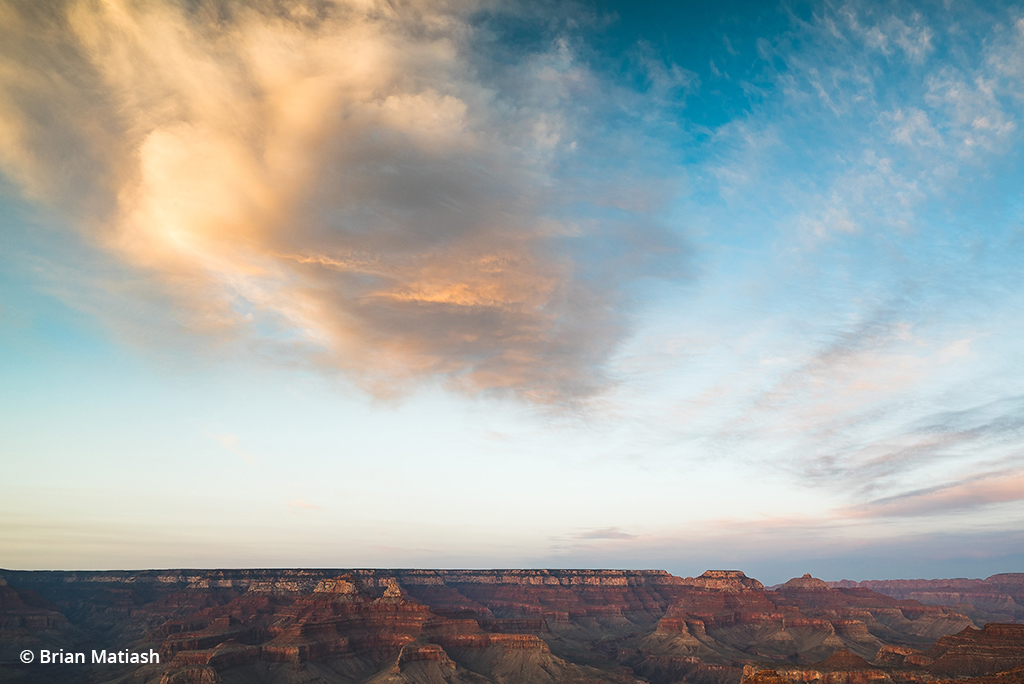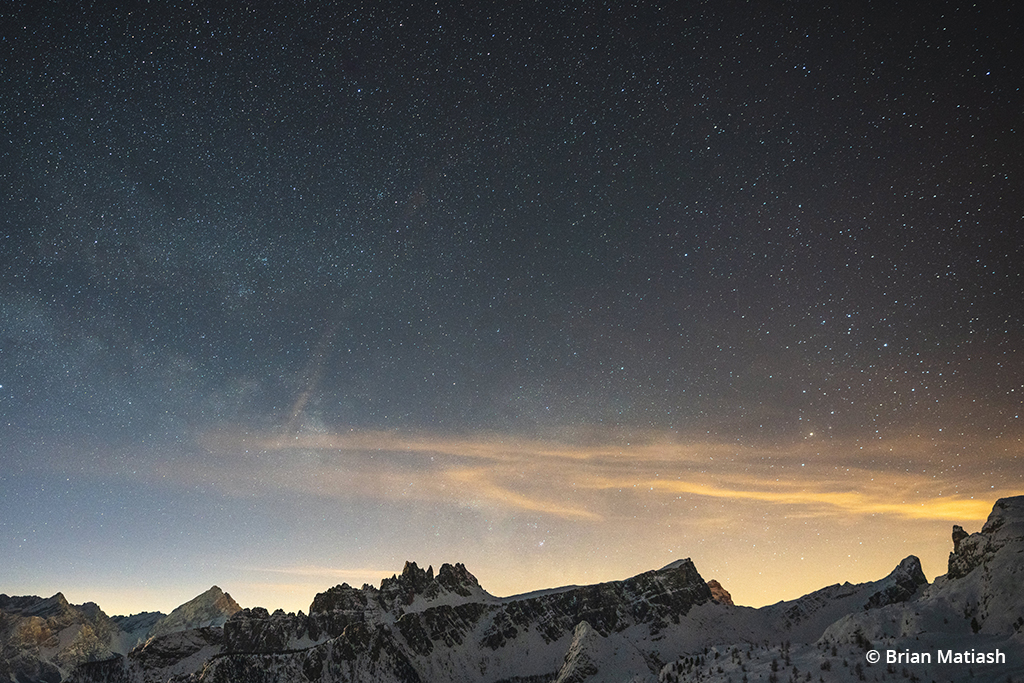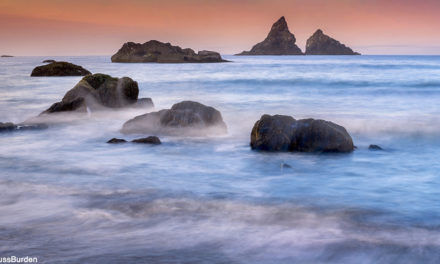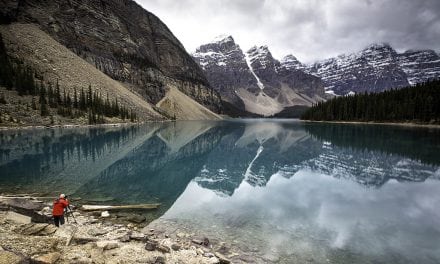
I completely understand the allure of filling your frame with the expansive beauty of Earth. Rugged mountains and rolling fields make for truly beautiful photos, especially when you apply those tried-and-true compositional techniques like the Rule of Thirds. However, as the Dalai Lama famously said, “Know the rules well, so that you can break them effectively.”

My premise is that it is ok—if not recommended—to abandon the Rule of Thirds or other imposed constraints more than occasionally. Now, there are several ways to interpret such a suggestion. You could pan your camera to the left or right with respect to your subject, but I tend to find such results to be subpar. Alternatively, you can tilt your camera down or up, resulting in either filling the frame with your foreground or with an expansive sky. My preference is almost always to go the latter direction. I love filling the frame with a big sky, even when my foreground is tremendous. Sure, the Grand Canyon is a visual feast of depth and texture, but there is fun and unique thing about relegating it to the bottom tenth of the frame, especially when the sky is filled with gigantic clouds.

Granted, this particular compositional trick requires certain elements in order to be most effective. To start, I’ve found that the foreground elements that you’re relegating to the bottom of the frame should be defined with strong high-contrast edges. Mountain peaks, trees, and the sort tend to work best.

The other requirement is that you need to have an interesting sky, since that will be taking up the bulk of your composition. A star-filled night sky is an obvious choice, as is a sky filled with billowy clouds that are catching the last light of sunset. The goal here is to stretch your understanding of composition by seeing whether you can effectively break the most basic rules and walk away with a strong photo.

See more of Brian Matiash’s work at matiash.com.
The post Learn To Love Big Sky appeared first on Outdoor Photographer.
















